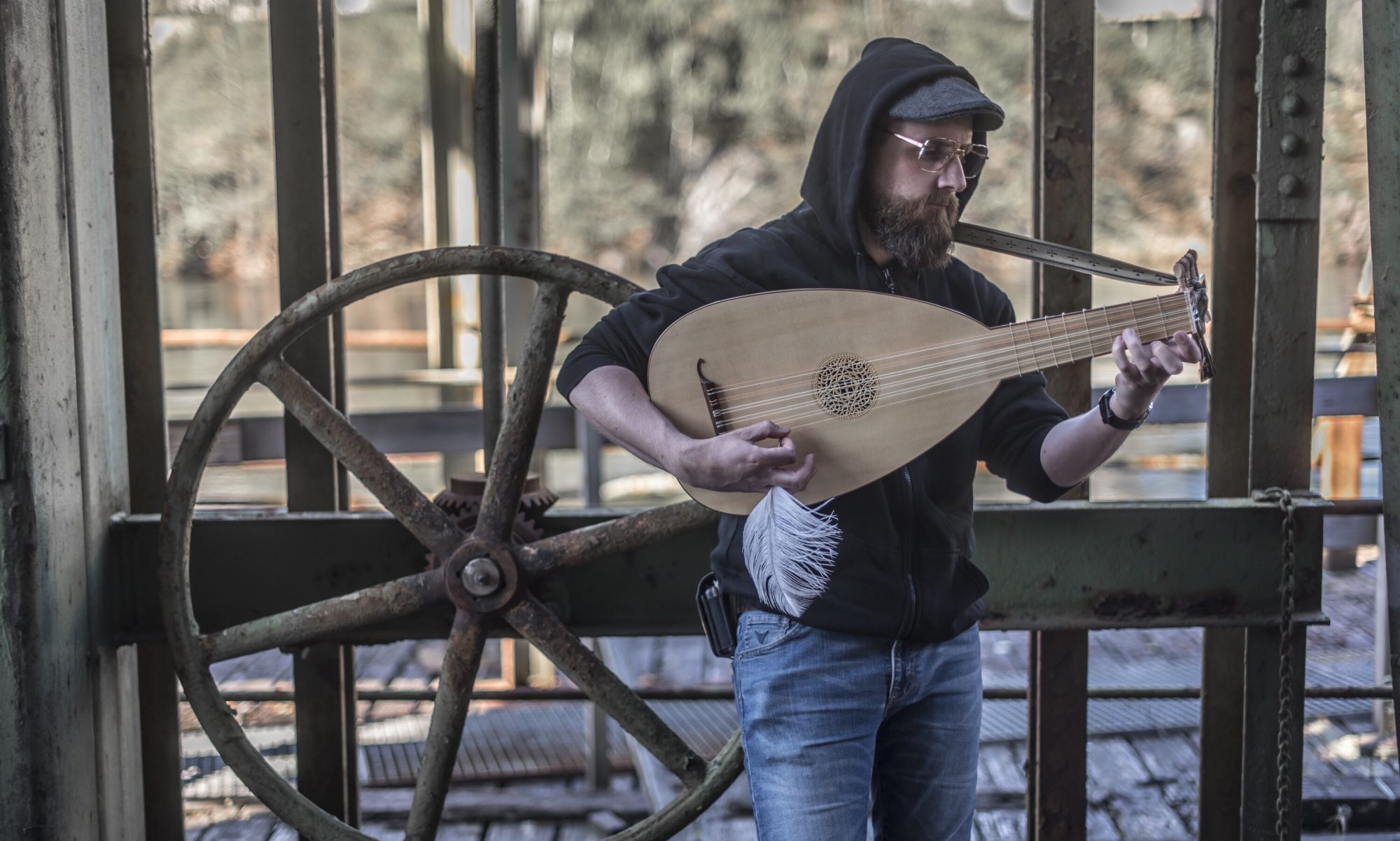SERVICE: Skill, Experience and Relevance in a Varied study environment Integrating Canvas in Education
Project period: January, 2018–June, 2018
Funding agency: The Digital University (DDU), University of Agder.
What it is
Today, the Classical musician must relate to a global market and University Degrees must prepare them for this reality. But a study programme full of professional activities and student mobility presents challenges for the theoretical and scientific subjects, traditionally taught as common lectures. The SERVICE-project presents a learning structure in which we can teach musicology and theory at the Department of Classical Music and Music Education at the University of Agder, while still stimulating professional activities, practise and student mobility. The aim has been to use the LMS CANVAS to enable self-paced learning and avoid geographical restrictions while still supporting close supervision. The solution became a two-fold structure where musicology is taught online, which enables the student to study wherever they are, to support practise and activities (see Fig. 1 below).
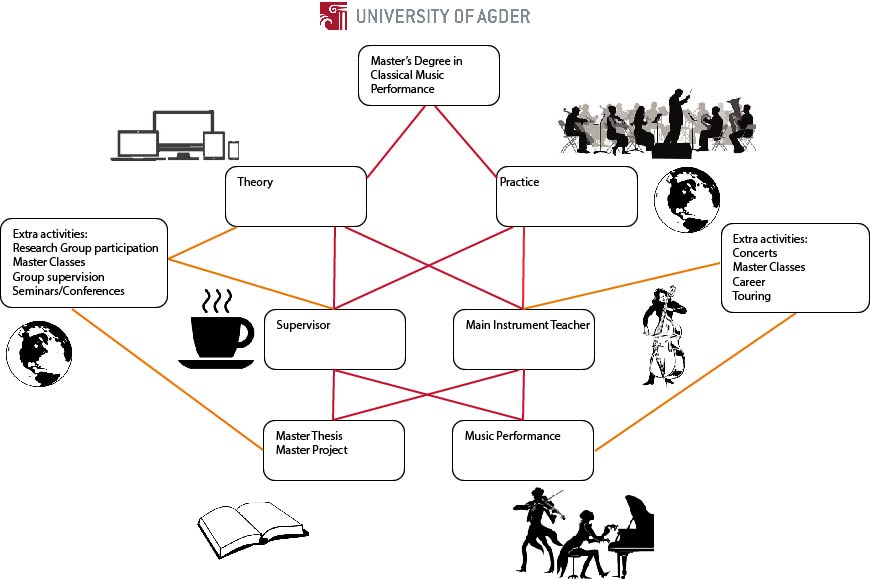
Figure 1. The synergy between online theory and practice within the learning structure.
By incorporating varied learning activities, students will learn by:
- Tree-structured learning texts (short synopses with links to further reading and inspiration).
- Video lectures.
- Activating assignments with real-life cases and scenarios
- Treasure hunts.
- Quizzes
- Research activities
The project designed two Learning Frameworks (LF); a course structure and a supervision support structure.
LF I: Course Structure
The LF I structure follows a traditional online education course (see Fig. 2 below). It consists of five modules. The first, Introduction, must be seen by all to unlock further learning activities. When this is done, students can pursue the other modules (each focusing on a different part of the required competence) in their own preferred order and timeframe. Varied learning activities ensure student activity and engagement throughout the learning structure.
LF I also offers Webinars to be held online, enabling global group tuition.
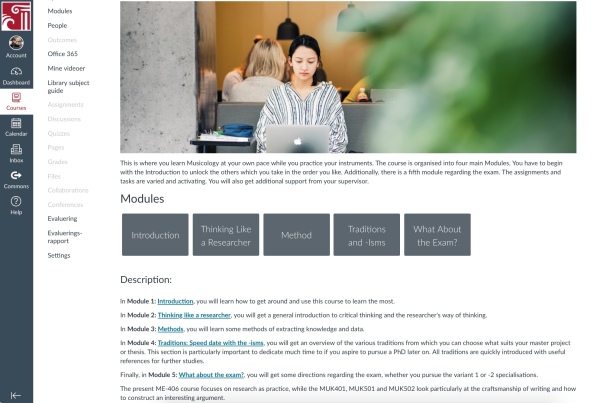
Figure 2. The home-page of the course structure.
LF II: Supervision Support Structure
The LF II structure (see Fig. 3 below) functions as an online support for one-to-one supervision and is not designed as an A-Z course. It provides a knowledge pool which is regularly updated with new, relevant information and knowledge. Some educational and informational mediation is done through a forum (see Fig. 4 below) in which specific topics are covered while students are able to like, comment and ask for further details. Others are organised through micro-courses within the pool, in which more complex questions can be addressed step by step. The one-to-one supervision itself can be offered online, using various forms of media, or through a personal encounter in manifold contexts.
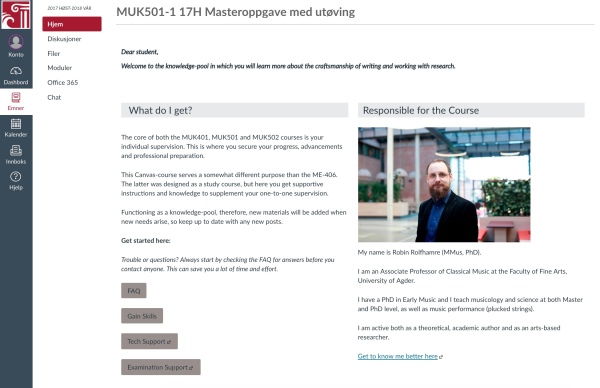
Figure 3. The home-page of the supervision support giving clear directions on what to expect, what to do and how to do it.
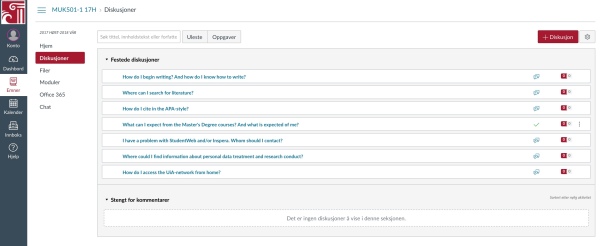
Figure 4. The discussion forum used for tuition and FAQ.
Students can access the learning environments through the University of Agder’s website. Upon enrolment, students receive a welcome-e-mail from the person being responsible for the course with a Wizzard showing them how to access the courses.
Examples
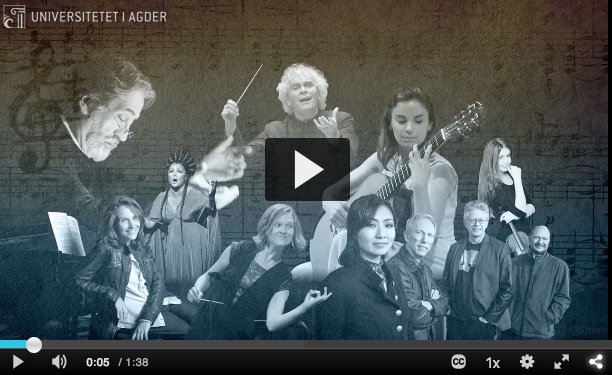
(More to be posted here soon)
